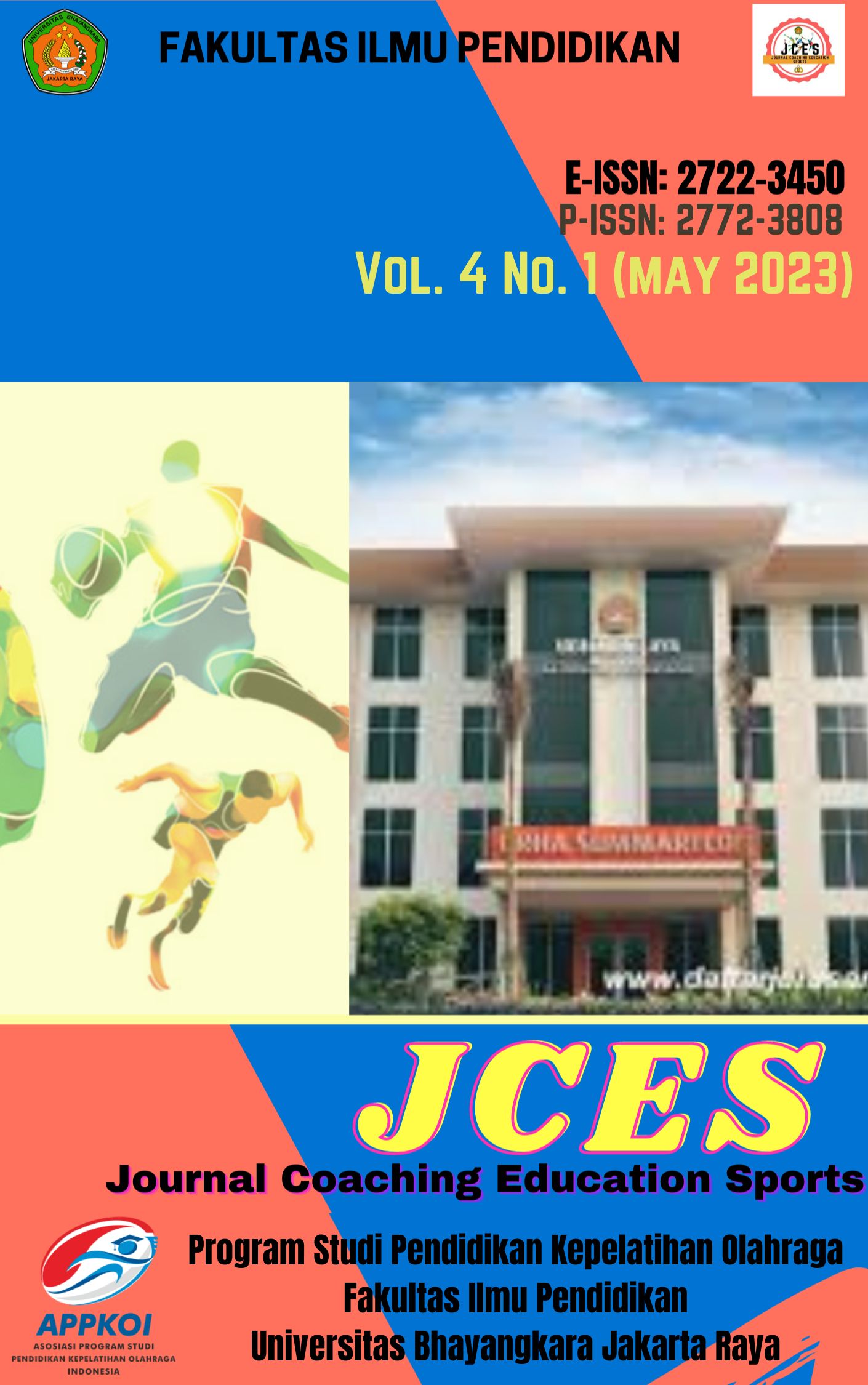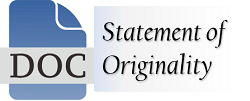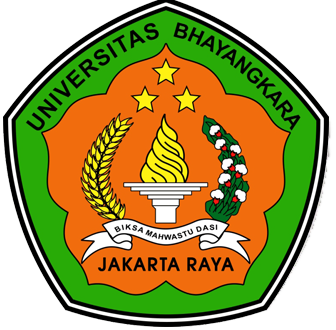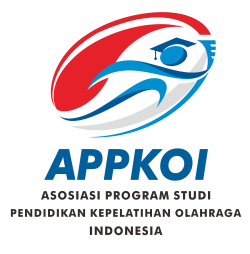Adherence to Sports Nutrition Guidelines by Tennis Athletes Team Representing the University of Limpopo; Limpopo Province, South Africa
DOI:
https://doi.org/10.31599/tnw2by15Keywords:
Tennis, Macronutrients, BMI, Fluids, GuidelinesAbstract
Tennis sport is gaining popularity among students at the University of Limpopo. However, compliance with sports nutrition guidelines by these athletes remains unknown. To evaluate the adherence of tennis athletes to sports nutrition guidelines. A purposive sampling technique was used to recruit 30 affiliated tennis athletes representing the University team. Ethical approval was obtained from TREC while consent was signed in written form by the athletes. Nutrients intake was collected using a 24-hour-recall questionnaire on three different days, validated with FFQ. Weight and height were collected to calculate nutritional requirements. Dietary data were analysed using SAMRC FoodFinder (v3) and averages were exported into the SPSS (v28). Descriptive statistics were used to establish compliance. Males predominate (53%) over females. Athletes were aged 20.3(±1.1) yrs. Half of athletes (50%) participated in tennis sport for ≤ 1 year. Most athletes attended tennis 3 – 6 times a week, once a day, for 2 – 3 hours. Most athletes relied on social media for nutrition information. The BMI was optimal (21.8±2.8 kg/m2 versus 21.1±1.8 kg/m2 for females and males respectively). Males consumed energy of 27±9.0 kcal/kg/day compared to females (24±8.0 kcal/kg/day). CHO (3.2 g/kg/day females and 3.6 g/kg/day males) and protein (0.7 g/kg/day females and 1.0 g/kg/day males) intakes were also consumed. Fat consumption was optimal for both females (0.6 g/kg/day) and males (0.7 g/kg/day). The dietary practices of the tennis athletes at the University of Limpopo are not in compliance with the sports nutrition guidelines.
Downloads
References
Abdullah, Khairul Hafezad, Novri Gazali, Fadzli Shah Abd Aziz, Elgamar Syam, Rometdo Muzawi, Unang Rio, Romi Cendra, and Novia Nazirun. 2022. “Six Decades of Publication Performances and Scientific Maps on Sports Nutrition.” Journal Sport Area 7(1):1–22. doi: 10.25299/sportarea.2022.vol7(1).812 6.
Anderson, Liam, Robert J. Naughton,Graeme L. Close, Rocco Di Michele, Ryland Morgans, Barry Drust, and James P . Morton. 2017. “Daily Distribution of Macronutrient Intakes of Professional Soccer Players From the English Premier League.” International Journal of Sport Nutrition and Exercise Metabolism 27(6):491–98. doi: 10.1123/ijsnem.2016-0265.
Anon. 2011a. “Abstracts of BASES (British Association of Sport and Exercise Sciences) 2011. September 5-8, 2011. Colchester, United Kingdom.” Journal of Sports Sciences 29 Suppl 2:S1-132.
Anon. 2011b. “IOC Consensus Statement on Sports Nutrition 2010.” Journal of Sports Sciences 29 Suppl 1:S3-4. doi: 10.1080/02640414.2011.619349.
Bergeron, M. F. 2003. “Heat Cramps: Fluid and Electrolyte Challenges during Tennis in the Heat.” Journal of Science and Medicine in Sport 6(1):19–27. doi: 10.1016/s1440- 2440(03)80005-1.
Bytomski, Jeffrey R. 2018. “Fueling for Performance.” Sports Health 10(1):47–53. doi: 10.1177/1941738117743913.
Casa, Douglas J., Priscilla M. Clarkson, and William O. Roberts. 2005. “American College of Sports Medicine Roundtable on Hydration and Physical Activity: Consensus Statements.” Current Sports Medicine Reports 4(3):115–27. doi: 10.1097/01.csmr.0000306194.67241. 76.
Costill, D. L., E. Coyle, G. Dalsky, W. Evans, W. Fink, and D. Hoopes. 1977. “Effects of Elevated Plasma FFA and Insulin on Muscle Glycogen Usageduring Exercise.” Journal of Applied Physiology: Respiratory, Environmental and Exercise Physiology 43(4):695–99. doi: 10.1152/jappl.1977.43.4.695.
Coyle, E. F., A. R. Coggan, M. K. Hemmert, R. C. Lowe, and T. J. Walters. 1985. “Substrate Usage during Prolonged Exercise Following a Preexercise Meal.” Journal of Applied Physiology (Bethesda, Md. : 1985) 59(2):429–33. doi: 10.1152/jappl.1985.59.2.429.
Fleming, James A., Ciarán Ó. Catháin, Liam D. Harper, and Robert J. Naughton. 2021. “Dietary Intake and Daily Distribution of Carbohydrate, Protein and Fat in Youth Tennis Players over a 7-Day Training and Competition Period.” Journal of Sports Science & Medicine 20(3):413– 20. doi: 10.52082/jssm.2021.413.
Gonzales-Saji, F. 2020. “Experience in the Development of the CAPSTONE Course under ABET Guidelines at the Professional School of Systems Engineering.” Proceedings of the LACCEI International Multi- Conference for Engineering, Education and Technology. doi: 10.18687/LACCEI2020.1.1.215.
Jeukendrup, Asker E., and Sophie C. Killer. 2010. “The Myths Surrounding Pre- Exercise Carbohydrate Feeding.” Annals of Nutrition & Metabolism 57 Suppl 2:18–25. doi: 10.1159/000322698.
Kerksick, Chad M., Colin D. Wilborn, Michael D. Roberts, Abbie Smith- Ryan, Susan M. Kleiner, Ralf Jäger, Rick Collins, Mathew Cooke, Jaci N. Davis, Elfego Galvan, Mike Greenwood, Lonnie M. Lowery, Robert Wildman, Jose Antonio, and Richard B. Kreider. 2018. “ISSN Exercise & Sports Nutrition Review Update: Research & Recommendations.” Journal of the International Society of Sports Nutrition 15(1):38. doi: 10.1186/s12970-018-0242-y.
König, Daniel, Hans Braun, Anja Carlsohn, Mareike Großhauser, Alfonso Lampen, Stephanie Mosler, Andreas Nieß, Helmut Oberritter, Klaus Schäbethal, Alexandra Schek, Peter Stehle, Kiran Virmani, Rainer Ziegenhagen, and Helmut Heseker. 2019. “Carbohydrates in Sports Nutrition.” Ernaehrungs Umschau International 66(11):228–35. doi: 10.4455/eu.2019.044.
König, Daniel, Anja Carlsohn, Hans Braun, Mareike Großhauser, Alfonso Lampen, Stephanie Mosler, Andreas Nieß, Klaus Schäbethal, Alexandra Schek, Kiran Virmani, Rainer Ziegenhagen, and Helmut Heseker. 2020. “Proteins in Sports Nutrition: Position of the Working Group Sports Nutrition of the German Nutrition Society (DGE).” Ernahrungs Umschau (7):132–39. doi: 10.4455/eu.2020.039.
Kreider, Richard B., Colin D. Wilborn, Lem Taylor, Bill Campbell, Anthony L. Almada, Rick Collins, Mathew Cooke, Conrad P. Earnest, Mike Greenwood, Douglas S. Kalman, Chad M. Kerksick, Susan M. Kleiner, Brian Leutholtz, Hector Lopez, Lonnie M. Lowery, Ron Mendel, Abbie Smith, Marie Spano, Robert Wildman, Darryn S. Willoughby, Tim N. Ziegenfuss, and Jose Antonio. 2010. “ISSN Exercise and SportNutrition Review: Research and Recommendations.” Journal of the International Society of Sports Nutrition 7:1–43. doi: 10.1186/1550- 2783-7-7.
Logue, Danielle, Sharon M. Madigan, Eamonn Delahunt, Mirjam Heinen, Sarah-Jane Mc Donnell, and Clare A. Corish. 2018. “Low Energy Availability in Athletes: A Review of Prevalence, Dietary Patterns, Physiological Health, and Sports Performance.” Sports Medicine (Auckland, N.Z.) 48(1):73–96. doi: 10.1007/s40279-017-0790-3.
Melin, Anna K., Ida A. Heikura, Adam Tenforde, and Margo Mountjoy. 2019. “Energy Availability in Athletics: Health, Performance, and Physique.” International Journal of Sport Nutrition and Exercise Metabolism 29(2):152–64. doi: 10.1123/ijsnem.2018-0201.
Moore, A., L. Lambert, M. Grimm, and P. Bandy. 2020. “Effectiveness of Sports Nutrition Education on Student- Athlete Nutrition Knowledge.” Journal of the Academy of Nutrition and Dietetics 120(10):A134. doi: 10.1016/J.JAND.2020.08.065.
Mountjoy, Margo, Jorunn Kaiander Sundgot-Borgen, Louise M. Burke, Kathryn E. Ackerman, Cheri Blauwet, Naama Constantini, Constance Lebrun, Bronwen Lundy, Anna Katarina Melin, Nanna L. Meyer, Roberta T. Sherman, Adam S. Tenforde, Monica Klungland Torstveit, and Richard Budgett. 2018. “IOC Consensus Statement on Relative Energy Deficiency in Sport (RED-S): 2018 Update.” British Journal of Sports Medicine52(11):687–97. doi: 10.1136/bjsports-2018-099193.
Nepocatych, Svetlana, Gytis Balilionis, and Eric K. O’Neal. 2017. “Analysis of Dietary Intake and Body Composition of Female Athletes over a Competitive Season.” Montenegrin Journal of Sports Science and Medicine 6(2):57– 65. doi: 10.26773/mjssm.2017.09.008.
Philpott, Jordan D., Chris Donnelly, Ian H. Walshe, Elizabeth E. MacKinley, James Dick, Stuart D. R. Galloway, Kevin D. Tipton, and Oliver C. Witard. 2018. “Adding Fish Oil to Whey Protein, Leucine, and Carbohydrate Over a Six-Week Supplementation Period Attenuates Muscle Soreness Following Eccentric Exercise in Competitive Soccer Players.” International Journal of Sport Nutrition and Exercise Metabolism 28(1):26–36. doi: 10.1123/ijsnem.2017-0161.
Ranchordas, Mayur K., David Rogersion, Alan Ruddock, Sophie C. Killer, and Edward M. Winter. 2013. “Nutrition for Tennis: Practical Recommendations.” Journal of Sports Science & Medicine 12(2):211–24.
Rawson, Eric S., Mary P. Miles, and D. Enette Larson-Meyer. 2018. “Dietary Supplements for Health, Adaptation, and Recovery in Athletes.” International Journal of Sport Nutrition and Exercise Metabolism 28(2):188–99. doi: 10.1123/ijsnem.2017-0340.Rivera-Brown, A. M., R. Gutiérrez, J. C. Gutiérrez, W. R. Frontera, and O. Bar- Or. 1999. “Drink Composition, V oluntary Drinking, and Fluid Balance in Exercising, Trained, Heat- Acclimatized Boys.” Journal ofApplied Physiology (Bethesda, Md. : 1985) 86(1):78–84. doi: 10.1152/jappl.1999.86.1.78.
Rollo, Ian, Javier T. Gonzalez, Cas J. Fuchs, Luc J. C. van Loon, and Clyde Williams. 2020. “Primary, Secondary, and Tertiary Effects of Carbohydrate Ingestion During Exercise.” Sports Medicine 50(11):1863–71. doi: 10.1007/s40279-020-01343-3.
Schwingshackl, Lukas, Jasmin Zähringer, Jessica Beyerbach, Sarah S. Werner, Blin Nagavci, Helmut Heseker, Berthold Koletzko, and Joerg J. Meerpohl. 2021. “A Scoping Review of Current Guidelines on Dietary Fat and Fat Quality.” Annals of Nutrition & Metabolism 77(2):65–82. doi: 10.1159/000515671.
Siders, W. A., W. W. Bolonchuk, and H. C. Lukaski. 1991. “Effects of Participation in a Collegiate Sport Season on Body Composition.” The Journal of Sports Medicine and Physical Fitness 31(4):571–76.
Thomas, D. Travis, Kelly Anne Erdman, and Louise M. Burke. 2016. “American College of Sports Medicine Joint Position Statement. Nutrition and Athletic Performance.” Medicine and Science in Sports and Exercise 48(3):543–68. doi: 10.1249/MSS.0000000000000852.
Walsh, Joe, Ian Timothy Heazlewood, and Mike Climstein. 2018. “Body Mass Index in Master Athletes: Review of the Literature.” Journal of Lifestyle Medicine 8(2):79–98. doi: 10.15280/jlm.2018.8.2.79.
Werner, Anne, Ansgar Thiel, Sven Schneider, Jochen Mayer, Katrin E. Giel, and Stephan Zipfel. 2013. “Weight-Control Behaviour andWeight-Concerns in Young Elite Athletes - a Systematic Review.” Journal of Eating Disorders 1:18. doi: 10.1186/2050-2974-1-18.
Williams, Clyde, and Ian Rollo. 2015. “Carbohydrate Nutrition and Team Sport Performance.” Sports Medicine (Auckland, N.Z.) 45 Suppl 1(Suppl 1):S13-22. doi: 10.1007/s40279-015- 0399-3.
Downloads
Published
Issue
Section
License
Copyright (c) 2023 Sepudumo Thabiso, Sekgobela Tumelo Tshabaku, Mamaila Juanita, Masoga Sylven, Mboweni Ntsako Wisdom

This work is licensed under a Creative Commons Attribution 4.0 International License.






.png)







